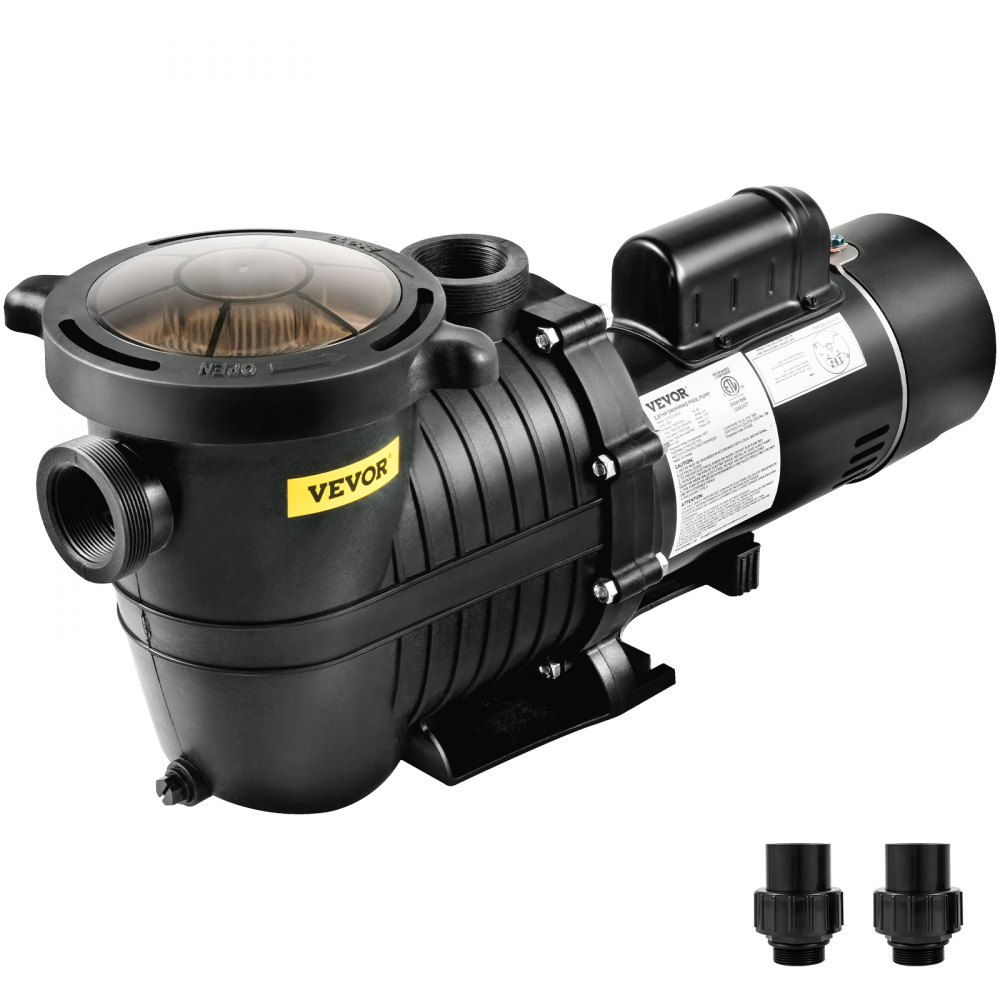Taping a horse refers to the practice of applying adhesive tape to various parts of a horse’s body to provide support, protect against injury, or aid in the healing process. It is commonly used by equestrians and veterinarians for therapeutic purposes and to address specific conditions or injuries.

Depending on the horse’s needs, tap can be done on areas such as the hooves, legs, or back. This technique can help stabilize joints, reduce swelling, and promote proper alignment during movement. By utilizing specialized tape and techniques, horse owners and professionals can effectively assist in the horse’s overall well-being and performance.

Credit: www.vevor.com
Taping A Horse For Improved Performance
Taping a horse is a method used to enhance performance by providing muscular support and stability. It promotes proper joint alignment and helps support injured or weak areas. By applying tape to the horse’s body, it can help improve muscle function and reduce the risk of injury.
Taping can be particularly beneficial for horses involved in high-impact activities such as jumping or racing. The tape is designed to be flexible and non-restrictive, allowing the horse to move freely while still providing support. It is important to apply the tape correctly, following professional guidelines and ensuring it is comfortable for the horse.
Regular monitoring and adjustments may be necessary to maintain the desired benefits. Overall, taping a horse can be a valuable technique to optimize performance and prevent injuries.
Taping A Horse For Injury Prevention
Taping a horse is a common practice in the equine world to prevent injuries. By supporting tendons and ligaments, taping can help reduce the risk of strains and sprains. It provides stability and protection to vulnerable areas, such as joints and sensitive tissues.
When taping a horse, it is important to use the correct techniques and materials for optimal results. The tape should be applied in a way that is comfortable for the horse while still providing the necessary support. Regular monitoring and adjustment may be required to ensure the tape remains effective.
Overall, taping a horse can be a valuable tool in injury prevention, helping to keep these magnificent animals healthy and performing at their best.
Frequently Asked Questions
What Is Taping A Horse Used For?
Taping a horse is commonly used in equine sports to provide support and stability to the horse’s muscles and joints. It can help with injury prevention, promote healing, and improve performance. The tape is applied in specific patterns to target the intended area of support.
How Does Taping Help With A Horse's Performance?
Taping a horse can improve performance by providing support to the muscles and joints, reducing the risk of injury. It can also enhance proprioception, giving the horse a better sense of its body in space, resulting in improved coordination and balance during movement.
Is Taping A Horse A Temporary Or Long-Term Solution?
Taping is typically a temporary solution and is used during specific activities or events. It is not a long-term solution for ongoing issues. The tape is usually removed after a certain duration to allow the horse’s body to rest and recover naturally.
Can Taping A Horse Cause Any Negative Effects?
When done incorrectly, taping a horse can cause discomfort or restrict movement. It is crucial to have a professional assessment and proper knowledge of taping techniques to avoid potential negative effects. It’s always best to consult a veterinarian or an equine professional before attempting to tape a horse.
What Types Of Injuries Can Taping A Horse Help With?
Taping can assist with various equine injuries, such as strained muscles, muscular imbalances, and joint instability. It can also aid in managing swelling and inflammation. However, each case is unique, and it’s important to consult with an equine professional for an accurate diagnosis and appropriate taping techniques.
Is It Necessary To Consult A Professional For Taping A Horse?
Consulting a professional, such as a veterinarian or an equine therapist, is highly recommended before attempting to tape a horse. They can assess the horse’s condition, provide a proper diagnosis, and guide you on the most effective taping techniques for your horse’s specific needs.
Conclusion
Overall, taping a horse is an effective technique used in equine care to provide support, prevent injuries, and promote healing. By understanding the purpose and benefits of taping, horse owners, trainers, and riders can effectively utilize this method to enhance their horse’s performance and well-being.
When properly applied, taping can offer immediate and long-term relief from various conditions such as muscle strains, hoof injuries, and joint instability. It helps to minimize inflammation, improve circulation, and maintain proper alignment during exercise and competition.
Proper technique and selection of appropriate tapes are crucial factors for successful taping. Horse owners should consult with a veterinarian or equine professional who can provide guidance on the best taping methods for specific conditions. By incorporating taping into their equine care routine, horse owners can proactively prevent injuries, ensure optimal performance, and contribute to their beloved animals’ overall health and wellness.
So, take advantage of this beneficial practice and give your horse the support it deserves.












GIPHY App Key not set. Please check settings